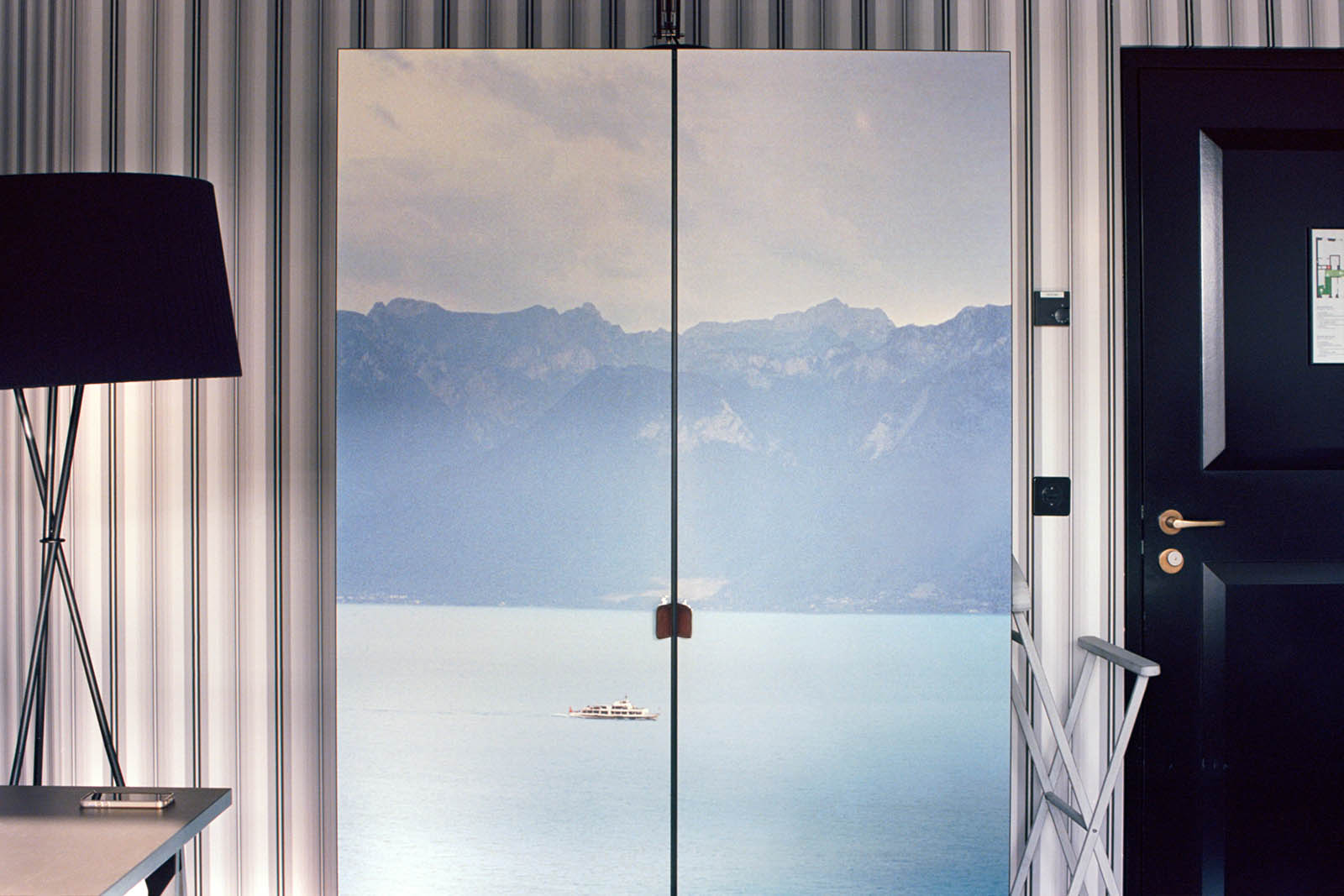The work of novelist, essayist, and photographer Teju Cole is a genre-defying exploration of race, governance, migration, justice, culture, music, and privilege. It is defined by a comfort with uncertainty and a commitment to defending the freedom and autonomy of others.
The city is the motif that recurs most frequently in Cole’s work. He is drawn to the unpredictability and potential of the urban environment and its endless narrative material. And he is intrigued by the “continuities” between cities—what makes them similar, regardless of size, median income, or hemisphere—as well what makes each one unique. He describes these peculiarities as “smaller zones of interest that, once you give up insisting on stereotypes, you can really start to see.”
“The guidebooks might say, ‘Check out fabulous Florence.’ Or, ‘Kinshasa’s a mess,’” Cole says. “The reality is that teenagers in Florence hang out at the mall, teenagers in Kinshasa hang out at the mall. People in both places who have money can go to nice restaurants. Florence has a trash problem, so does Kinshasa. It’s the same story. The task of insisting on that continuity feels to me like a writerly ethical responsibility. What makes one city different from another is the subtleties, the smaller things you notice when you relinquish the task of exaggerating.”
Cole spent nearly two decades each in Lagos and New York, and he says that they are examples of cities that serve “intellectually as a source of exploration of thinking for my work.” He explains, “If you draw a map around New York, Zurich, Lagos, and São Paulo, they represent the extremes of what cities are and what they do, and each in its own way precisely represents some interests of mine. New York, Lagos, and São Paulo are all part of what I consider the Black Atlantic, places that have been shaped by the black creative presence to a very large extent.” His 2007 debut novel, Every Day Is for the Thief, takes place in Lagos, while his second novel, Open City, and a number of essays are set in New York.
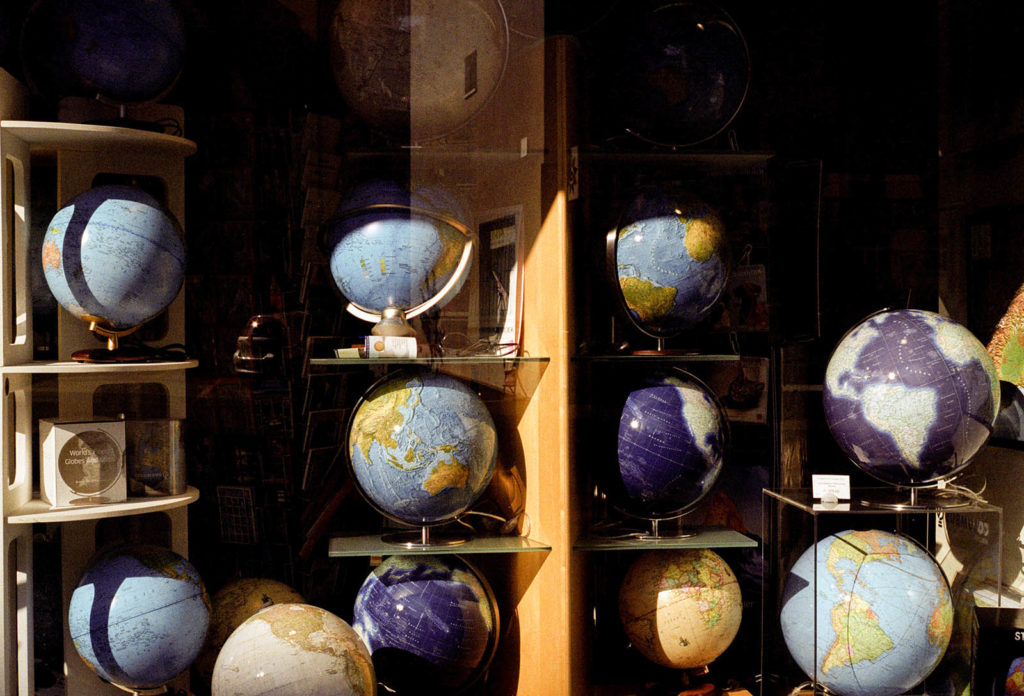
Cole’s writing has been translated into more than 15 languages and has earned him numerous awards, including the prestigious Hemingway Foundation/PEN Award. His photography has led to guest curating opportunities and solo exhibitions in seven countries on three continents. In addition to his two novels, he has published Known and Strange Things, a collection of essays on art, literature, photography, and politics; Blind Spot, a singular collection of photographs and writing; and Human Archipelago, a meditation on refugees and displaced people with photographer Fazal Sheikh. He has written for the New Yorker, Granta, and other magazines, and served as the photography critic of the New York Times Magazine from 2015 to 2019.
This afternoon, Cole, Harvard’s first Gore Vidal Professor of the Practice of Creative Writing, will deliver the Class Day address for the Graduate School of Design. He plans to use his address to encourage graduates “to think about our life together” and to imagine how a future can be conceived and built. Cole himself is a model for a cross-disciplinary creative practice that is at once intellectually rigorous, politically and socially engaged, and unbound to any singular medium.
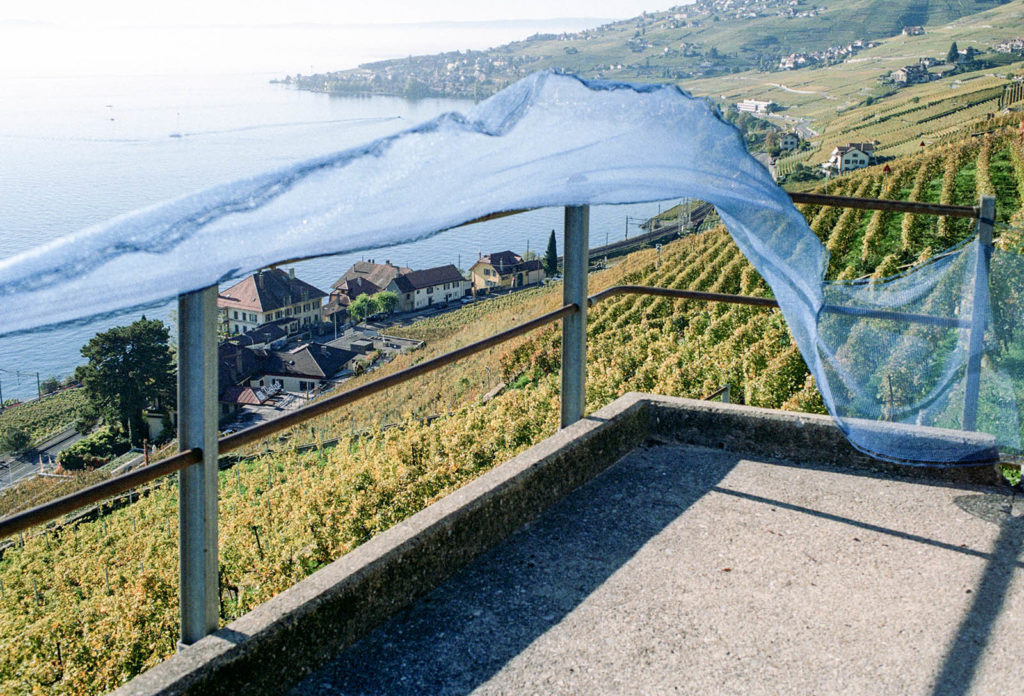
Cole’s fluidity between forms of expression can be credited, at least in part, to a background that has elements of multiplicity and movement, trial and error, switchbacks and reboots. Born in 1975 in Kalamazoo, Michigan to Nigerian parents, his life began with two passports, cultures, and languages. At four months old, Cole moved with his family to Lagos, Nigeria, where he lived until he returned to Michigan to pursue studies in art and art history at Kalamazoo College. Later he would go on to study African art history at the School of Oriental and African Studies (SOAS) in London and art history at Columbia University in New York.
“It was an important fact mentally to know that I belong to Nigeria and the United States,” he says. With time, that comfort with the in-between of dual identities evolved into a confidence in belonging to both places. “It’s always interested me, this idea of, ‘Oh, we don’t say it that way in America.’ To which my response is, ‘Well, we do now.’ Whatever I am, whatever I do, that’s part of America now. This imagined community that we call a nation is ever-expanding and ever-complexifying, and that’s a good thing. We’ve expanded the possibilities.”
Although he first made a name for himself as a novelist, Cole has always identified equally as a writer and a photographer. “I got into both at the same time, around 2004. With whatever I had studied, with whatever my education was, there was a certain voicing that I knew I wanted to explore more in writing. At SOAS, I started what I would say were the very first glimmerings of Open City. I wrote maybe five pages, but it was Mad Libs, no sentences. It was like a fever dream,” he remembers. “But by 2005, I started to feel like, ‘No, I need to write clear sentences’ and let the clarity convey the energy, just have it be cumulative. Around the same time, I started shooting with a film camera.” In Every Day Is for the Thief, a novella that follows a young Nigerian returning to Lagos after years in the US, Cole weaves black and white photographs throughout the narrative.
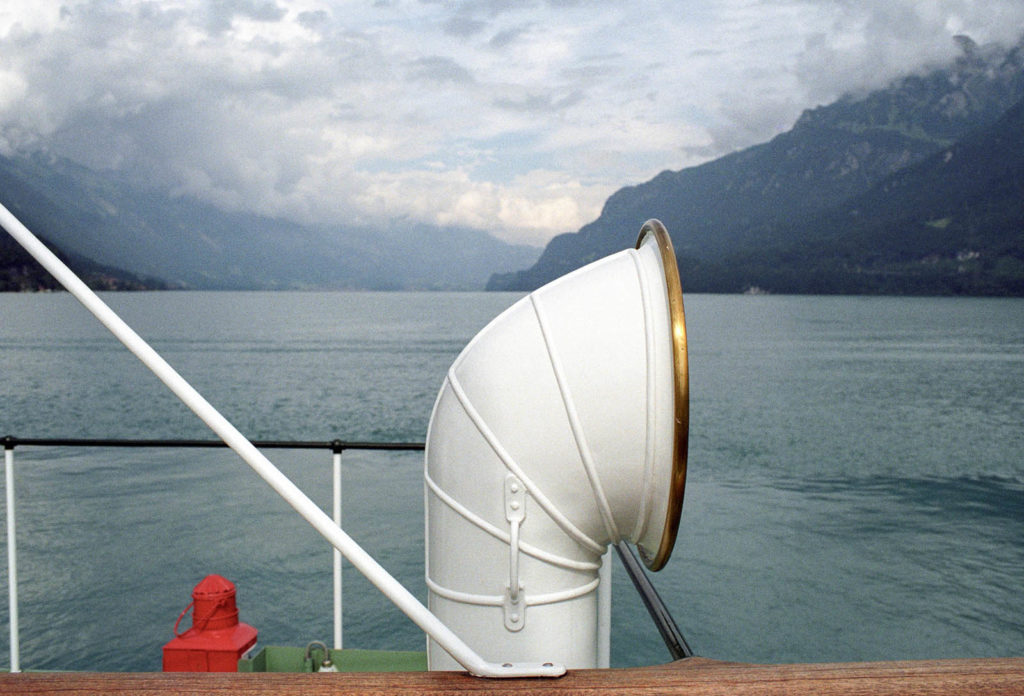
In Blind Spot, images and photographs also have equal footing in a series of single-spread couplets—on one page a full-color image, on the other, prose. Inspired by the six months Cole spent living in Zurich, the book is a call-and-response between a snapshot of a place and a burst of associations. His aim is to come at a subject in such a way that the audience experiences something unexpected that, as he once said, “detonates on some deeper level.”
Cole credits his time writing monthly photography criticism for the New York Times Magazine with growing his photography practice. Reading the photographs of others opened him up to taking his own. Called “On Photography,” his column also gave him an opportunity to engage in a deeper dialogue with the history of photography and to consider himself in relation to artists including Stephen Shore, William Eggleston, Luigi Ghirri, and Guido Guidi. He says that contemporary Italian photographers like Ghirri have had an especially significant and validating influence on his work.
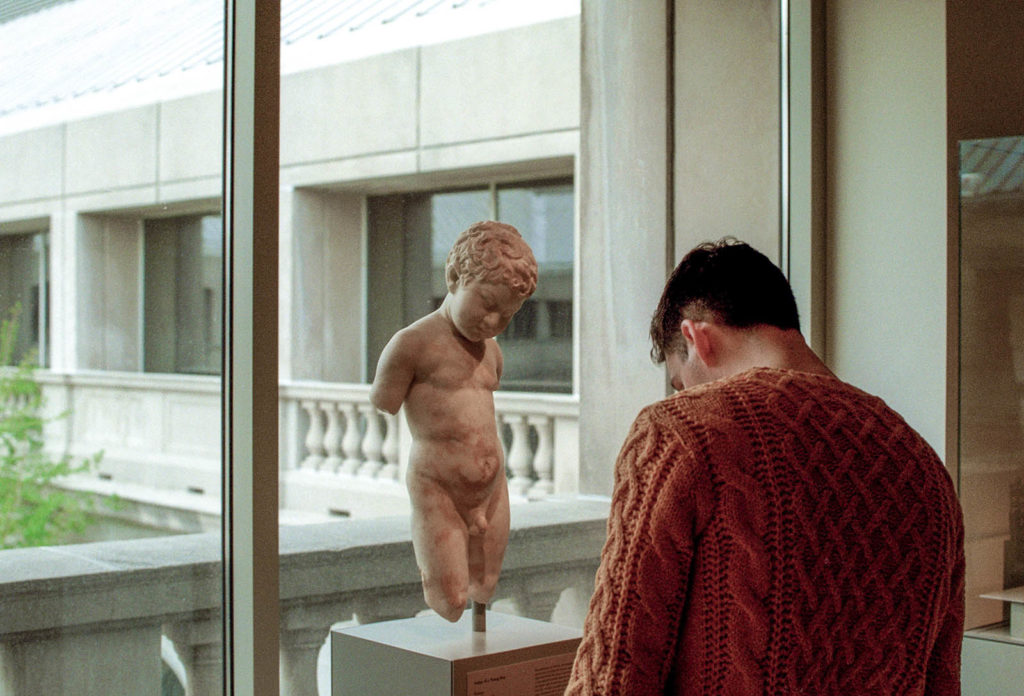
Yet Cole says that the most life-defining experiences behind his work have been purely interior. Becoming a born-again Christian at age 13 injected heaviness and seriousness into his life; coming out the other side as an atheist at age 28 changed his “relationship to the world and ethics.” And, at 33, he found what he calls an “even keel” spiritually, outside of religion. “Open City came out in 2011 and that was really what got the public aspect of my career going. But what was important happened eight years before [at 28]: discovering that I had a sense of how to move forward in my life. The pivotal moments have had to do with my relationship to my own being in the world. Some of the external stuff is nice, but I will never define myself around that. Ever. It could all be gone tomorrow. It doesn’t matter because that’s not the definition.”
Cole left New York to take up his teaching role at Harvard in January 2019. Being back in academia, on the other side of the lectern, is right for him, right now, he says. He clearly enjoys nudging his students toward the difficult interior places to find voice, material, and meaning.
“I’m trying to be free. I was influenced by people who are free, including Toni Morrison and John Berger, great artists…. Learning to prioritize that freedom is what led me to this work. Not in a glib ‘I could do anything’ way but in an ‘I have a responsibility to expand the field, to move the center’ way. So, what I say to students is not, ‘You can do anything,’ but ‘You can do a lot, if you’re serious about picking up the necessary skills for each of the things you want to do.’”
